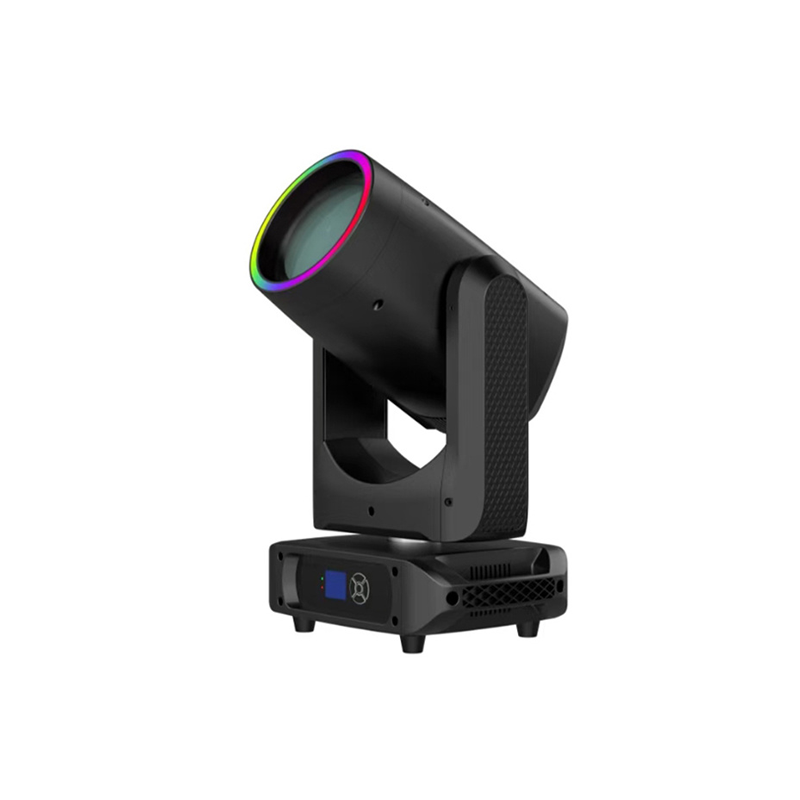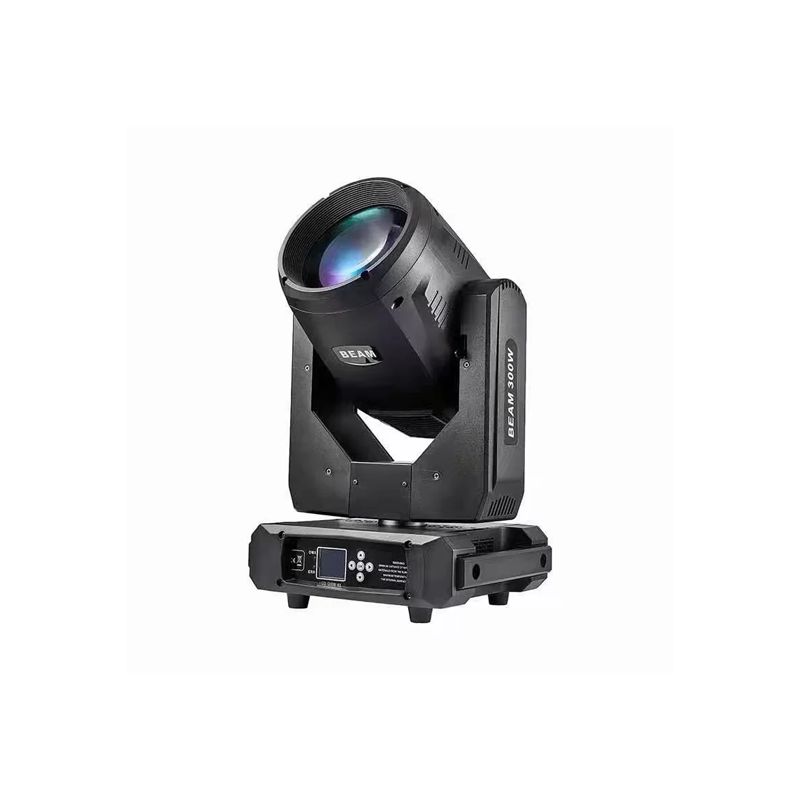Beam Light DJ Setup: Elevate Your Performance with Pro Lighting
Classification:
summary description]
A DJ’s job isn’t just about spinning tracks—it’s about crafting moments. While sound is the core, visuals bring the magic to life. That’s where beam lights come in. These powerful lights aren’t just tools; they’re performers in their own right, shaping the atmosphere and energizing the crowd.
If you're serious about performance and want your name to be remembered long after the last track fades, having the right beam light DJ setup could make all the difference.
So, What Exactly Is a Beam Light?
Think of beam lights as laser-like spotlights with attitude. They shoot tight, narrow beams across the room, cutting through haze and fog like a knife through smoke. Unlike wash lights, which spread soft light over a wide area, beam lights are all about precision and punch.
When used creatively, they can turn an ordinary stage into something truly cinematic.
Why DJs Are Hooked on Beam Lights
Instant Drama
Imagine a single beam slicing through the darkness, flashing to the beat. It’s not just a light—it’s a cue. A signal that something big is about to drop. DJs use beam lights to punctuate key moments, amplify energy, and direct attention.
Dance Floor Dynamics
Beam lights do more than decorate—they interact. As they move with the rhythm, the crowd moves with them. When you program your lights to follow the groove, you're not just playing music; you're conducting a synchronized experience.
Professional Perception
Let's be honest: visuals matter whether you’re playing for 50 people at a rooftop bar or 5,000 at a festival; a proper lighting setup immediately tells your audience—and potential clients—that you take your craft seriously.
Choosing the Right Beam Light for DJ Gigs
Not all beam lights are created equal. You don't need the most expensive gear, but you do need the right gear.
● Wattage and Output
For small indoor sets, 100W–230W beam lights are typically enough. But if you’re planning to rock a larger venue or outdoor event, you’ll want something stronger—260W and up. Power equals presence.
● DMX Capabilities
Control is everything. Look for beam lights that support DMX512. Whether you’re using a physical controller or software like Lightkey or SoundSwitch, DMX lets you choreograph your entire lighting routine.
● Effects, Gobos & Color Wheels
You want versatility. Lights with built-in gobo wheels and color changers allow you to keep your visual story fresh. No one wants to watch the same static pattern for an hour.
● Build Quality & Cooling
Beam lights get hot—fast. So, choose units with solid build quality and efficient cooling fans. The last thing you want is your lighting gear giving up mid-set.
Setup Ideas That Actually Work
A great DJ beam light setup doesn’t need to be complicated. It just needs to be intentional.
● The Minimal Club Rig
Two beam lights on either side of your DJ booth. Use haze to enhance visibility. Add a couple of pars or moving heads to layer in texture.
● Mobile DJ Solution
If you’re on the road a lot, you need lightweight, compact fixtures that set up quickly and break down even faster. Bonus points for wireless DMX support.
● Festival-Ready Layout
Mount beam lights overhead or behind the stage. Combine them with strobes and pixel bars. Trigger them live or automate scenes to sync with your drops.
Real-World Tips for Beam Light Success
- Don't skip the haze. Beam lights are practically useless without it. Invest in a decent haze or fog machine.
- Match your energy. Fast-paced sets benefit from sharp, rapid beam chases. Slower genres might call for more ambient fades and sweeps.
- Mix it up. Don’t rely solely on beams. Combine them with other light types for a well-rounded show.
The Evolution of Beam Light DJ Gear
Technology’s moving fast—and so is the lighting world. Beam lights are getting more intelligent, lighter, and easier to program. We're seeing smart features, auto-syncing, and integrations with music software that allow DJs to control lights without touching a console.
This means if you're not updating your gear, you're falling behind. The future belongs to performers who can blend sound and vision seamlessly.
Final Thoughts
Beam lights aren't just an accessory—they're part of your identity as a performer. They help you shape your story, influence the mood, and command attention. If you're looking to elevate your set, beam lights are one of the smartest investments you can make.
But remember: gear is only as good as the person using it. Take the time to learn your lights, experiment with timing, and, most of all—use them with purpose.
FAQs
1. Can beam lights be used in a house party setting?
Yes, as long as you have a bit of haze and enough space, even two compact beam lights can transform a living room into a mini club.
2. Are beam lights difficult to program for beginners?
Not really. Most fixtures come with auto, sound-active, and DMX modes. Start simple, and build your skills gradually.
3. What's the best placement for beam lights?
Either behind or above the DJ booth for dramatic silhouettes or at the front corners to sweep across the dance floor.
4. How do beam lights compare to moving head spots?
Beam lights offer a tighter, more concentrated beam, while spotlights are broader and better for focused stage lighting or projection.
5. Do I need professional software to control beam lights?
Not necessarily. Many DJs use plug-and-play DMX controllers. But for complex shows, software like Lightkey or Resolume can offer much more control.
Previous Page
More Cases



